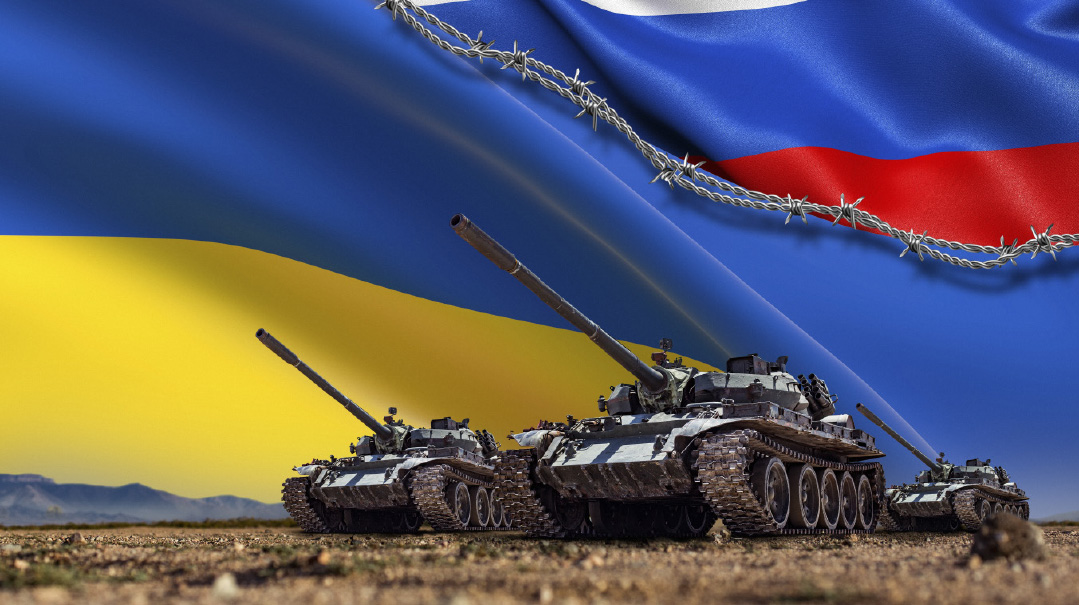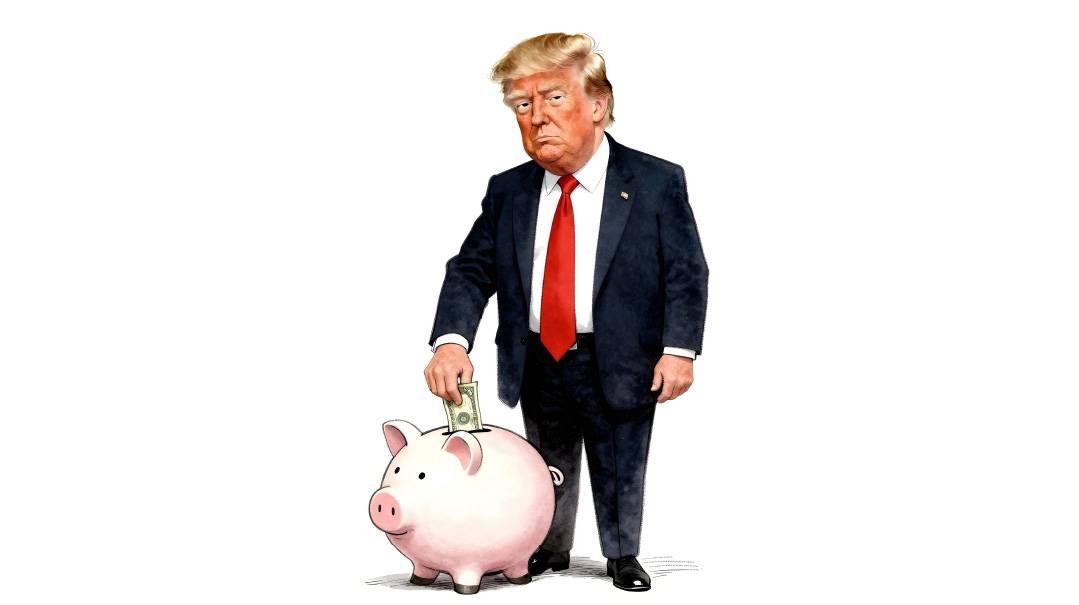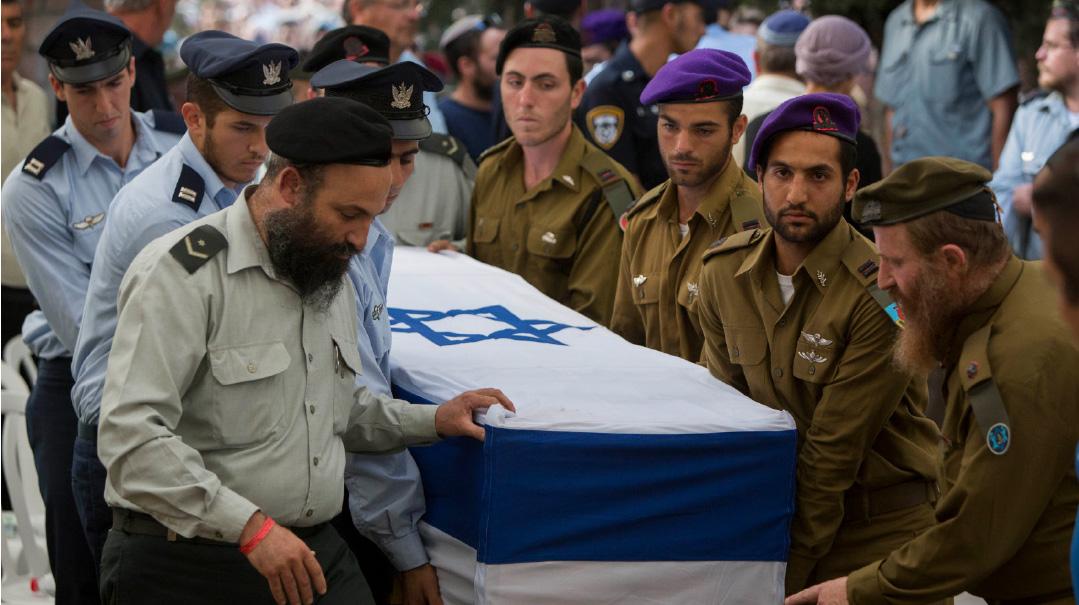Imperial Ambition

Five challenges facing Ukraine, two years into a war whose direction few can predict

Russia invaded Ukraine 730 days ago, and assessments of the war’s progress are mixed. On one hand, few believed that Ukrainian forces could hold out for more than a week, and yet two years later, they’re still fighting. On the other hand, Ukraine’s materiel and morale are waning, while the Kremlin shows no signs of easing off the gas.
Here are five challenges facing Ukraine, two years into a war whose direction few can predict.
1
Putin’s Next Move
Although invading Russian forces initially met with stiff resistance, they have recently achieved small victories that have bolstered their spirits. Their recent capture of the city of Avdiivka was a tremendous confidence boost, as well as a blow to the Ukrainians. This highly symbolic city was seized by Kremlin-backed separatists in 2014, only to be reclaimed later by Ukrainian forces, who invested in extensive fortifications.
Dmitry Medvedev, deputy chairman of Russia’s Security Council, said in an interview that “it is very likely” the Russian army will not stop until it conquers Kyiv.
Russian troop movements have also triggered alarms at the border with Finland, and at the border between Poland and Belarus — the latter being a steadfast Kremlin ally, and the point from which Russia launched its attempt to seize Kyiv in 2022.
Meanwhile, President Vladimir Putin took a photo op this week in the co-pilot seat of a nuclear-capable strategic bomber. It was both macho posturing and a pointed reminder to the West that for all Russia’s talk about “nuclear attacks,” it still has the capability to execute them.
2
Dwindling Morale
The Ukrainian army’s biggest asset so far has been the determination of its soldiers. Despite being outnumbered by as many as 500,000 Russian soldiers, Ukrainians understood this was an existential war. Two years into the conflict, the fire of Ukrainian volunteers seems to have dimmed.
Although official figures are unavailable, the rate of volunteer enlistment in Ukraine’s army is known to have dropped drastically. Meanwhile, other differences are starting to have an effect: Russia’s estimated defense budget for 2024 is $109 billion, while Ukraine’s is less than half that at $42 billion.
Furthermore, Ukraine’s defensive strategy depends heavily on the billions it hopes to receive from the US and Europe. The vagaries of American politics, as demonstrated by Congress’s recent failure to approve an aid package, makes that a dubious prospect at best.
Europe, meanwhile, is increasingly pessimistic about Ukraine’s recent military setbacks. A European Council on Foreign Relations survey of 12 member countries found that only 10% say a Ukrainian victory is feasible. Some 50% say Kyiv should accept a peace deal, even if it entails territorial concessions. Europe also harbors fears the potential return of Donald Trump to the White House; he has threatened to withdraw from NATO, which may further complicate Ukraine’s prospects.
One last item: Ukrainian defense minister Rustem Umerov has stated the “critical need” for a minimum of 6,000 shells daily. Today, Ukraine barely reaches 2,000.
3
Internal Clashes
Ukraine’s President Volodymyr Zelensky also has no shortage of internal difficulties. In recent days he fired commander in chief Valeryi Zaluzhny — widely seen as a hero by the Ukrainian people. It didn’t sit well with the president when Zaluzhny admitted in an interview that the war had reached a “stalemate” and that there would most likely be “no deep or meaningful breakthrough.”
A survey conducted two months ago by the Kyiv International Institute of Sociology gave Zelensky a 62% positive rating — far behind Zaluzhny’s rating of 88%. While Zaluzhny was replaced by career military officer Oleksandr Syrskyi, it caused grumbling in the ranks, and it remains to be seen how soldiers will adapt to the changes in leadership during a war.
Adding to this are dissenting voices like Kyiv mayor Vitali Klitschko, who denounced a lack of transparency in government decisions. Zelensky has postponed elections, arguing that due process in wartime is impossible; rising murmurs say he is only motivated by a desire to cling to power.
4
The Jewish Community
Some 200,000 Jews still live in Russia and Ukraine, even as this war rages on. While many have been forced to flee to Europe, the United States, or Israel, the vast majority have stayed in their homes and have to fight for even the most basic needs. Despite local federations’ best efforts to address the shortages, it’s unclear how much longer they can meet the multiple needs raised by the war.
5
Pocketbook Woes
Besides the tens of thousands of war casualties, millions have been victimized by the enormous economic crisis that has afflicted Ukraine for the past two years.
According to the European Bank for Reconstruction and Development, since February 24, 2022, more than 7 million people have fallen below the poverty line, about a fifth of Ukraine’s population. The economy has shrunk by an estimated 30%, and 90% of businesses report severe financial distress.
On the other side, despite all the international sanctions and embargoes against Russia, the Kremlin reported 3% economic growth in 2023. Obviously, numbers from Moscow should be taken with a grain of salt, but Russia seems to have pivoted to a war economy more successfully than Ukraine has. Although foreign currency reserves worth $350 billion have been frozen, that’s only half of the Kremlin’s resources in that area.
At press time, both the US and Europe unveiled hundreds of fresh sanctions against Russia, in hopes that weaponization of finance may yield greater gains than armored divisions.
(Originally featured in Mishpacha, Issue 1001)
Oops! We could not locate your form.







